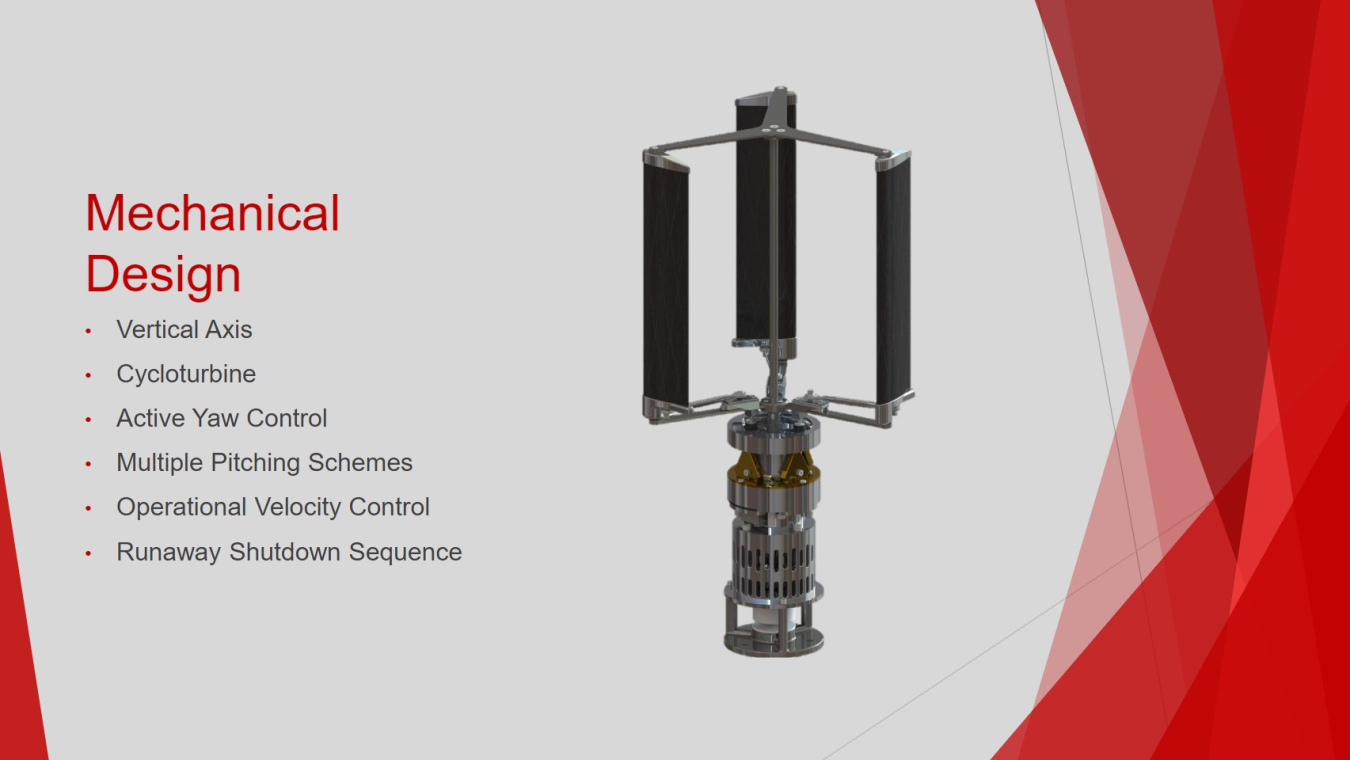WSU Everett’s unique partnership with Everett Community College prepares team for first-time participation in the Collegiate Wind Competition.
July 29, 2020The U.S. Department of Energy’s Collegiate Wind Competition (CWC) helps prepare the next generation to join the wind energy workforce through collaborative, hands-on, and real-world experience with wind energy technology. For the Washington State University Everett (WSU Everett) Wind Energy Team, which competed in the CWC for the first time this June, preparing for this challenge was built into their college experience, thanks to the school’s unique partnership with Everett Community College (EvCC).
The WSU Everett Wind Energy Team, pictured in 2019, includes students from both Washington State University–Everett and Everett Community College.
WSU Everett and EvCC, located on the same campus until only a few years ago, are now right across the street from each other and still work closely together. Students who intend to graduate with a bachelor’s degree from WSU Everett often complete their lower division credits at EvCC, and EvCC students who complete their associate’s degree can transfer their credits to WSU Everett and continue toward a bachelor’s degree. During their senior year, mechanical engineering students at WSU Everett take a manufacturing class in which the lecture portion is taught by WSU faculty and the lab portion is taught by EvCC faculty. The class is taught at the Advanced Manufacturing Training and Education Center (AMTEC), an EvCC facility where students learn to use the latest manufacturing technology through hands-on, collaborative projects.
Because of the cooperative relationship between the two schools, creating a CWC team that included both WSU Everett and EvCC students was the natural thing to do. The WSU Everett Wind Energy Team believes the two-institution model emulates the process of creating something in a real-world work environment, where professionals from different departments and skill sets work together to drive innovation.
“Sometimes there are barriers between disciplines, between engineering and manufacturing students, in our case. Those barriers can also exist at companies in the professional world,” said EvCC Aerospace and Advanced Manufacturing Careers Department Chair Michael Patching. “We’re breaking down those barriers, so when students go out into the workforce, they know how to collaborate across specialties.”
The team feels this model of interdisciplinary collaboration also fosters more well-rounded, self-sufficient students. For example, before the campuses closed in March, team members used the resources at AMTEC to design and manufacture the components for the team’s vertical-axis, variable-pitch wind turbine.

For their inaugural entry to the Collegiate Wind Competition, the WSU Everett Wind Energy Team presented their design for a vertical-axis, variable-pitch wind turbine.
“Being able to manufacture our own turbine components is not very common and was very valuable for us,” said team member Zach Paish, who is working toward a composites certificate degree at EvCC. “Engineering students who had never done any machining before, and who otherwise might not have ever tried it, got to machine the parts themselves instead of sending the design to an outside shop.”
WSU Everett and EvCC’s partnership builds a bridge between the two schools. For the WSU Everett Wind Energy Team, that bridge gave community college students access to a high-profile collegiate competition.
“Because our students have been taking classes and using resources at both institutions, as soon as they walk through the doors of WSU Everett as juniors, I think they already feel like, ‘This is my school,’” said WSU Everett mechanical engineering professor and CWC faculty advisor Gordon Taub. “I think that made a huge impact on their commitment to the competition, too, because even with all the challenges of moving their classes and then the competition online last spring, students from both schools stuck with it to the very end.”

